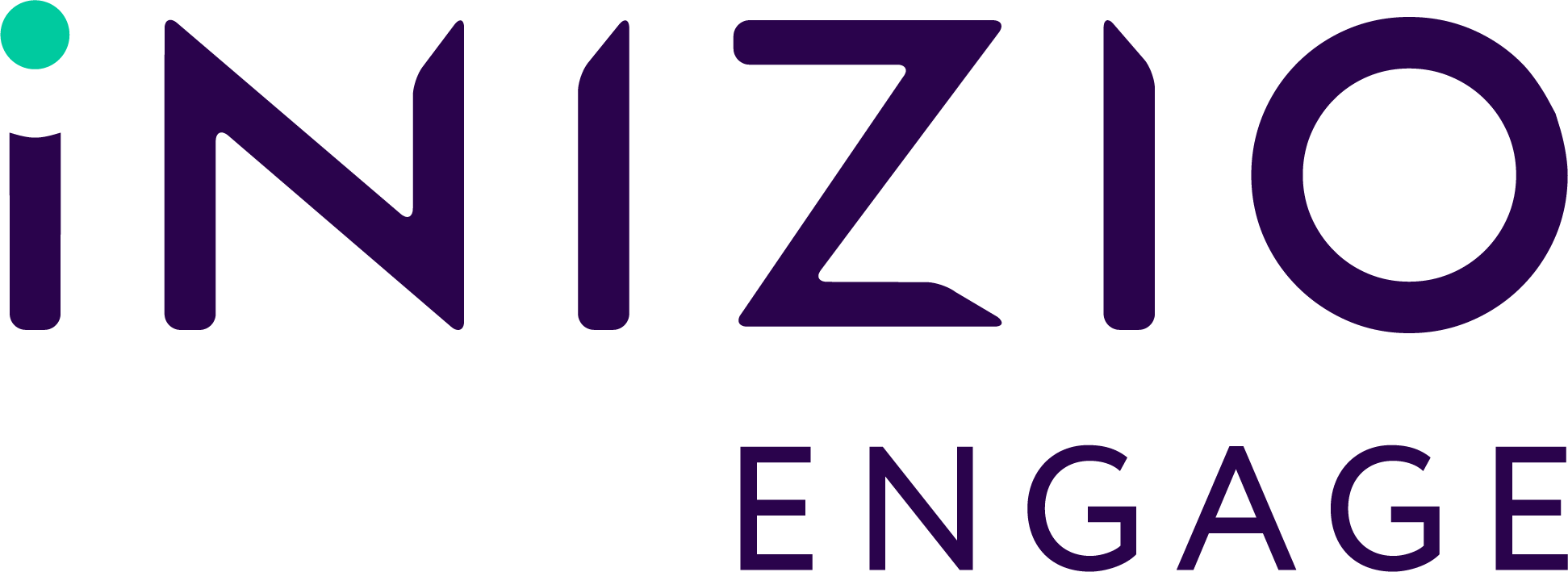Please note, this article contains references to Ashfield Engage which has now become Inizio Engage
Step 4 – Managing channels and data to meet patients where they are
Consider for a moment the many stakeholders and channels involved in communicating with the patient – prescribers, nurses, pharmacists, care partners, websites, social media, smart phone apps and patient literature to name a few. How can you best manage these to engage patients where they are?
Understanding how to set up your Patient Engagement Programme for success, and how to best work with internal and external stakeholders will set you on the right path to establishing a successful Patient Engagement Programme. But as discussed in changing behavior to drive adherence, the programme must take into account the patient as a whole and then, just as importantly, make sure to communicate with them how and when they want it.
Omnichannel communications should be patient-centric
In order to instigate proper engagement with the patient it is of paramount importance that omnichannel communications are patient-centric, using personalised channels for each individual. Information should be tailored to the patients and should be delivered when and how they want it. Information for this personalisation is derived from data collected from a myriad of sources. Therefore, it is critical to the success of the programme, that you avoid creating data storage and management siloes within your organisation. Only in sharing the data collected and its management among the many stakeholders can one hope to have a successfully engaging program.
Managing data in silos fails to engage patients
The data collected on patient activity fuels the Patient Support programme design and execution. When your organisation stores and manages this data in siloes, obstacles to effective engagement practices arise, including:
No single view of the patient and their needs/ preferences, making it extremely difficult to adapt a programme to support individuals.
A limited role for the nurse as they can’t see (or respond to) the full picture of the patient’s care.
Patient experience can feel disjointed (for example, if a nurse is unaware the patient has been tracking exercise and adherence in a self-support app).
Suboptimal operational efficiency, such as duplication of efforts through different channels, wasted time and unnecessary repetition.
Difficulty in measuring success due to the time needed to pull together and analyse data from different sources.
Patient-centric technology empowers patient engagement and better manages data
A global patient and customer engagement platform that’s purpose-designed for personalised, omnichannel Patient Support Plans can resolve many of the challenges you face when managing data in silos. Some pharma companies implement this internally, while others use a provider platform. (At Ashfield Engage, we use our award-winning Trak360™ platform to ensure a seamless, reliable, and user-friendly experience for patients, clients and clinical partners.) Certainly, having all the data generated by a patient experience programme at your fingertips, allows for agility that would be impossible without it.
Such a patient-centric integrated platform can:
- Provide a cohesive personal experience for patients, engaging them where they are.
- Generate live data and real-world evidence to demonstrate success of a programme and help support the value proposition for the brand, offer global reporting and the ability to filter and drill into data, and analyse data trends.
What’s more, by centralising patient information, care partners and healthcare providers can get a complete, 360° view of individual patients and their unique needs, creating a seamless, personal experience for the patient thereby improving their engagement with the programme.
So now you understand how to design and execute a Patient Engagement Programme that deals with the individual patient as a whole, but what happens about patient enrolment? Learn how you can work through this in our final blog in this series – Designing a fantastic Patient Engagement Programme but no patients enrol.
View our patient engagement blog series and download our guidebook
- Step 1: Overcoming the hurdles faced in creating effective Patient Engagement Programmes
- Step 2: Learning to work with internal and external stakeholders
- Step 3: Changing behaviour to drive adherence
- Step 4: Managing channels and data to meet patients where they are
- Step 5: Designing a fantastic Patient Engagement programme but no patients enrol

Next-generation patient engagement programmes
We’re a leading provider of field-based nurses, contact centre and omnichannel patient support services for the healthcare industry.
Our unique approach combines behavioural science, patient-centric technology and unparalleled collaboration.

View more Inizio Engage insights.
Jump to a slide with the slide dots.
 Nareda Mills
Nareda Mills
Apps and wearables.
The promise of an improved patient experience through mobile apps and wearables is still up for debate...
Read moreA Career Rooted in Care: Christine Magnusson’s Journey from Nursing to Clinical Trials to Patient Solutions
Christine Magnusson brings clinical trial expertise and a compassionate, patient-focused lens to her new leadership role at Inizio Engage.
Read more Chris Starr
Chris Starr
Human-led, AI-powered: Transforming Commercial strategy in pharma
At the intersection of human expertise and cutting-edge technology, AI-powered tools are revolutionizing how you optimize commercial operations.
Read more